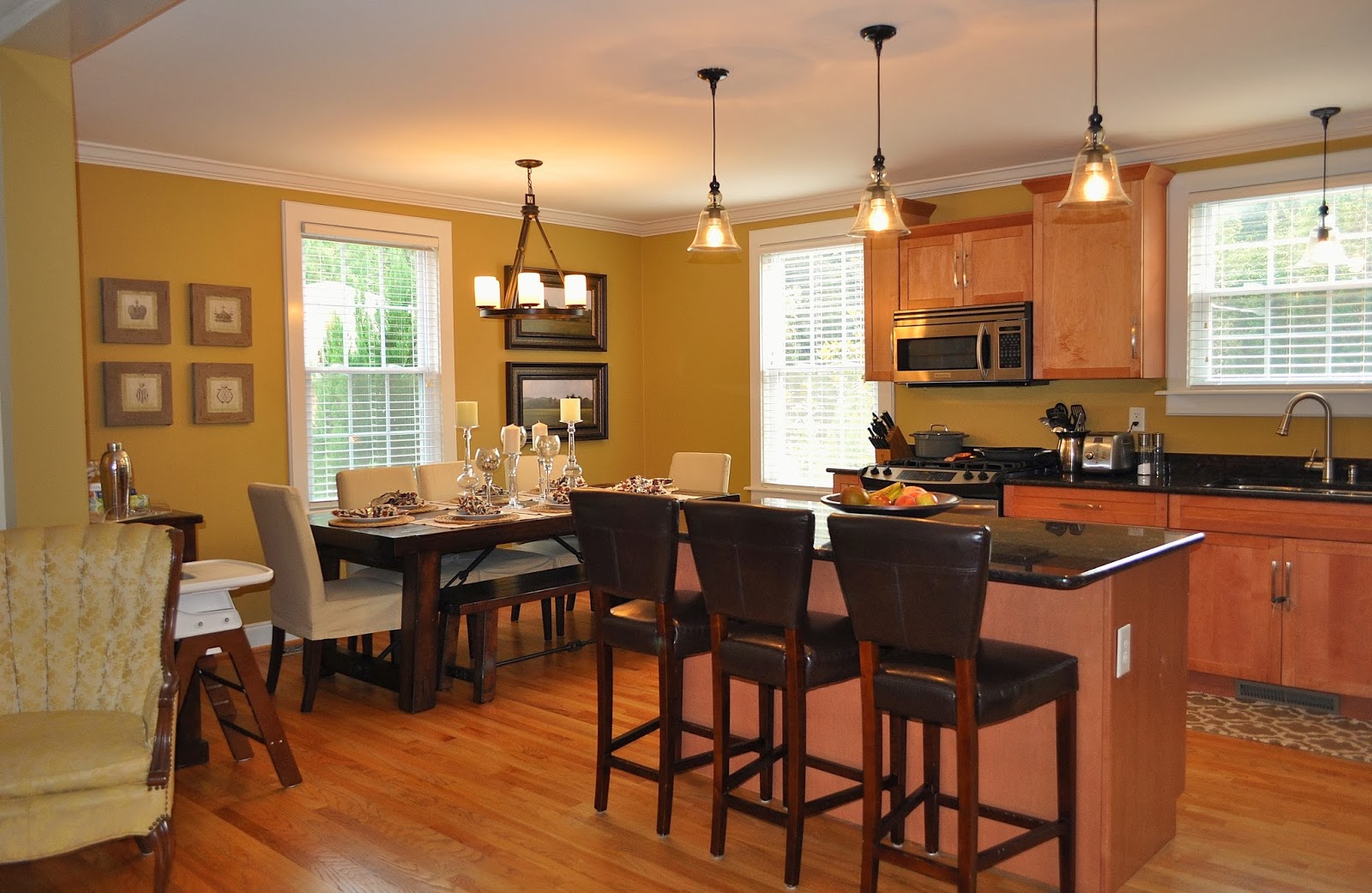This Image was ranked 50 by Bing.com for KEYWORD Home Depot Dining Room Lights, You will find it result at Bing.com.
Picture META DATA FOR null Grace 3Light Rubbed Bronze Chandelier's IMAGE| TITLE: | null Grace 3Light Rubbed Bronze Chandelier |
| IMAGE URL: | http://www.homedepot.com/catalog/productImages/400/0f/0f35dca6-e7d8-4e07-87a3-0a30e636992c_400.jpg |
| THUMBNAIL: | https://tse3.mm.bing.net/th?id=OIP.g2WR8sthJC1a5XgW5ORKUQEsEs&pid=Api&w=180&h=181 |
| IMAGE SIZE: | 13716 B Bs |
| IMAGE WIDTH: | 400 |
| IMAGE HEIGHT: | 400 |
| DOCUMENT ID: | OIP.g2WR8sthJC1a5XgW5ORKUQEsEs |
| MEDIA ID: | 3E4FFEAB8FF146F2C872B72BFE5465B796D99EF9 |
| SOURCE DOMAIN: | homedepot.com |
| SOURCE URL: | http://www.homedepot.com/p/Unbranded-Grace-3-Light-Rubbed-Bronze-Chandelier-14690/202806142 |
| THUMBNAIL WIDTH: | 180 |
| THUMBNAIL HEIGHT: | 181 |
Related Images with null Grace 3Light Rubbed Bronze Chandelier
Home Depot Dining Room Lighting

Light Oil Rubbed Bronze Chandelier Fabric ShadesES0571OBR The Home
Renae 5Light Oil Rubbed Bronze ChandelierHDP12053 The Home Depot
homedepotdiningroomlightingcontemporarydiningroomlightinghome
A dining room is a room for spending food. In modern times it is usually adjacent to the kitchen for accessibility in serving, although in medieval periods it was often on an entirely different floor degree. Historically the dining room is furnished with a rather large dining table and a number of dining chairs; the most common shape is generally rectangular with two armed culminate chairs and an even number of un-armed back chairs along the long sides .
History
In the Middle Ages, upper class Britons and other European nobility in castles or large-scale manor house dined in the great vestibule. This was a large multi-function room capable of seat the bulk of the population of the house. The household would sit at the head table on a developed dais, with the rest of specific populations arrayed in order of lessening rank away from them. Tables in the largest foyer would tend to be long trestle tables with benches. The sheer number of people in a Great Hall intended it would probably have had a busy, bustling atmosphere. Propositions that it would also have been quite smelly and smoky are likely, by the standards of the time, unfounded. These chambers had big chimneys and high ceilings and there would have been a free flowing of breath through the several entrance and window openings .
It is true that the owners of such belongings began to develop a penchant for most intimate collects in smaller' parlers' or' privee parlers' off the main hall but this is thought to be due as much to political and social changes as to the greater consolation afforded by such rooms. In the first instance, the Black Death that ravaged Europe in the 14 th Century made a shortage of labor and this had led to a breakdown in the feudal system. Likewise the religion abuses after the dissolution of the monasteries under Henry VIII attained it unwise to talk freely in front of large volumes of people .
Over time, the aristocracy took more of their snacks in the parlour, and the parlor became, functionally, a dining room( or was split into two detached chambers ). It likewise migrated farther from the Great Hall, often accessed via grand ceremonial staircases from the dais in the Great Hall. Eventually dining in the Great Hall became something that was done mainly on special occasions .
Toward the beginning of the 18 th Century, a pattern emerged where the ladies of the members of this house would withdraw after dinner from the dining room to the drawing room. The gentlemen would remain in the dining room having alcohols. The dining room tended to take on a more masculine tenor as a result .
Comments
Post a Comment